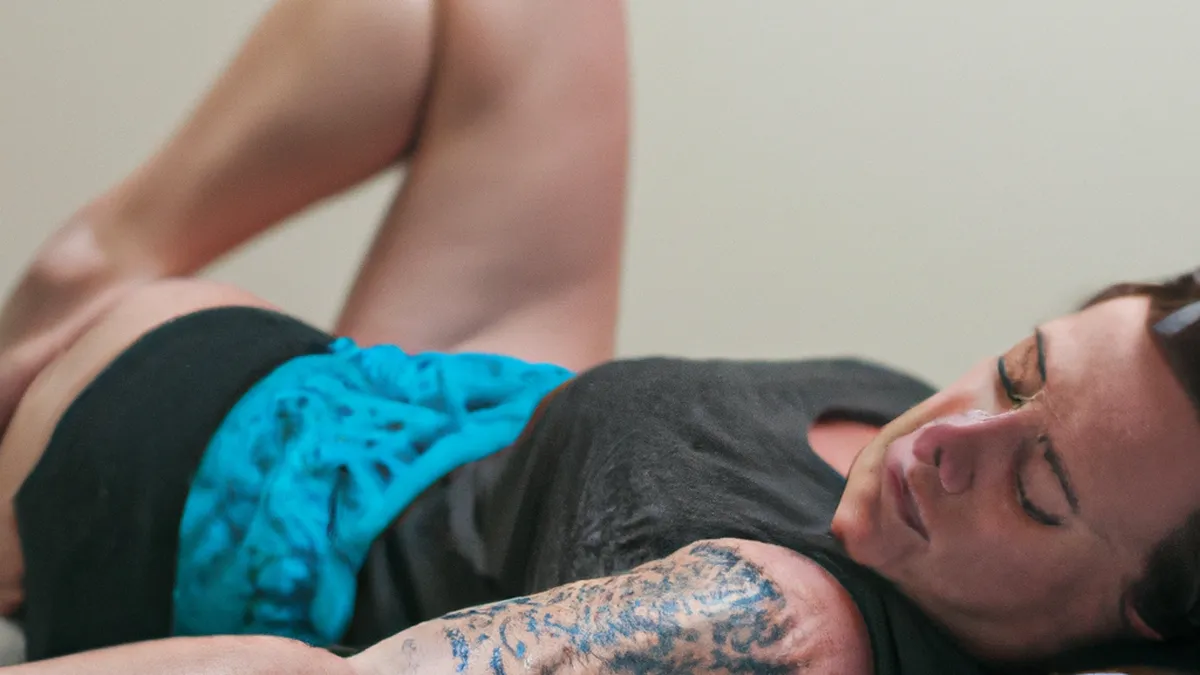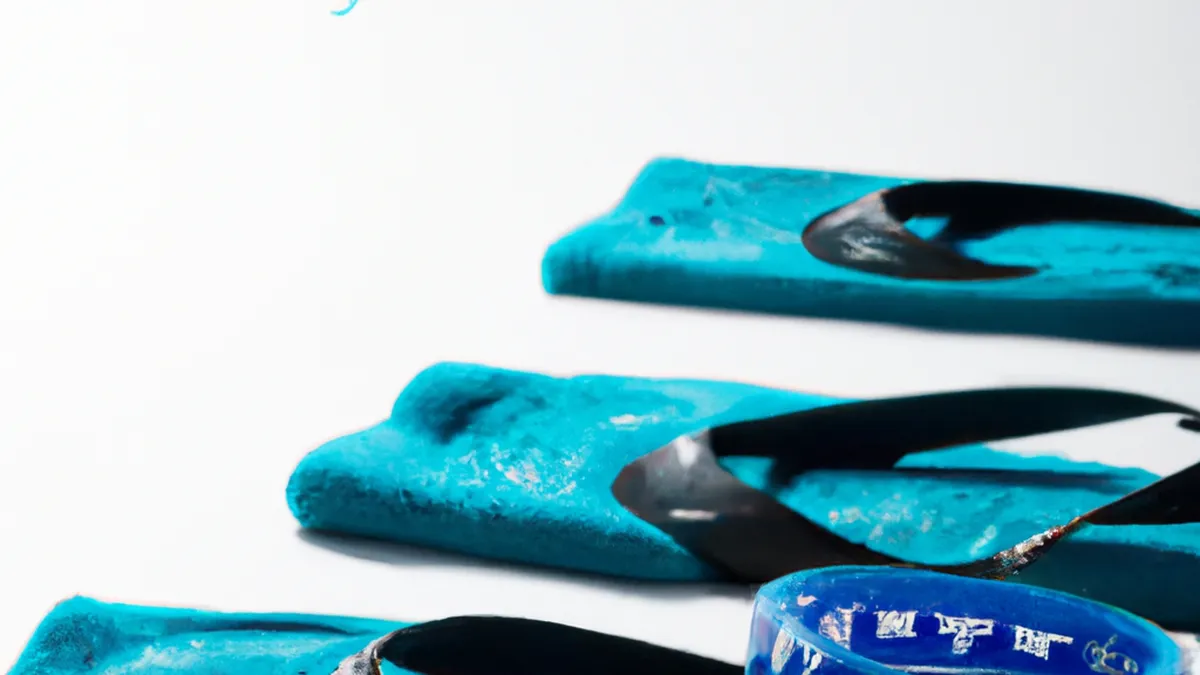Effective Foam Rolling Techniques for Runners
Foam Rolling Techniques for Fascial RecoveryFoam rolling has become popular among fitness enthusiasts and physical therapists. This effective tool relieves muscle tension, enhances flexibility, and promotes recovery. By targeting the fascia, foam rolling improves physical performance and well-being. This article explores effective foam rolling techniques for your routine.
As an Amazon Associate I earn from qualifying purchases.
Gear tip: consider foam roller, ankle brace, and patellar strap to support this topic.
Understanding the Fascia
Fascia surrounds muscles, bones, and organs as connective tissue. It plays a vital role in movement and stability. Tight or restricted fascia can cause pain and limited mobility. Foam rolling releases tight areas, improves blood flow, and reduces discomfort.
Importance of Self-Myofascial Release
Self-myofascial release (SMR) uses foam rollers to alleviate muscle tightness. This technique breaks down adhesions in the fascia. Applying pressure to specific points encourages muscle relaxation and enhances recovery. Regular foam rolling maintains flexibility and mobility, preventing injuries.
Effective Foam Rolling Techniques
Use specific techniques to maximize foam rolling benefits. Here are effective foam rolling techniques for fascial recovery.
1. The Quadriceps Roll
Lie face down on the ground. Place the foam roller under your thighs. Push your body forward and backward using your arms. Roll from your hip to your knee, spending extra time on tight areas. This technique releases quadriceps tension and improves mobility.
2. The Hamstring Roll
Sit on the ground with your legs extended. Position the foam roller under your hamstrings. Lift your body off the ground using your hands. Roll slowly from your glutes to your knees. Pause and apply more pressure on tight spots. This technique alleviates lower back pain and enhances flexibility.
3. The IT Band Roll
Lie on your side with the foam roller under your outer thigh. Cross your top leg over the bottom for support. Slowly roll from your hip to your knee. Take it slow, as this technique can be intense. Releasing tension in the IT band can reduce knee pain.
4. The Upper Back Roll
Lie on your back with the foam roller under your upper back. Cross your arms over your chest or place your hands behind your head. Gently roll back and forth, focusing on your upper back and shoulder blades. This technique releases upper body tension and improves posture.
Tips for Effective Foam Rolling
Keep these tips in mind to maximize your foam rolling sessions:
Maintain Proper Form
Align your body correctly during each roll. Poor form can cause injury and decrease effectiveness. Engage your core to support your body throughout the process.
Control Your Breath
Breathe deeply to enhance relaxation while foam rolling. Inhale when rolling over tight spots and exhale when releasing. This practice reduces discomfort and promotes effective release.
Use Consistent Pressure
Apply consistent pressure to the foam roller without excessive force. Start with light pressure and gradually increase as your body adapts. Listen to your body and adjust accordingly.
Benefits of Foam Rolling
Foam rolling offers numerous benefits for fascial recovery and physical health. Here are key advantages:1. **Improved Flexibility**: Foam rolling lengthens tight muscles and improves range of motion, enhancing physical performance.2. **Reduced Muscle Soreness**: Increased blood flow from foam rolling reduces delayed onset muscle soreness (DOMS) after workouts, especially after intense sessions.3. **Enhanced Recovery**: Foam rolling promotes faster recovery by breaking down knots and improving circulation, allowing muscles to heal quickly.4. **Pain Relief**: Regular foam rolling alleviates chronic pain by targeting specific areas of tension, providing relief and enhancing well-being.5. **Stress Reduction**: Foam rolling can be meditative, promoting mindfulness and reducing stress levels.
Conclusion
Foam rolling is a powerful tool for fascial recovery. Incorporate effective techniques into your routine to enhance flexibility, reduce muscle soreness, and promote recovery. Maintain proper form, control your breath, and apply consistent pressure. With regular practice, enjoy the numerous benefits of foam rolling and improve your physical performance. Start integrating these techniques today for a healthier, more resilient body.
Below are related products based on this post:
FAQ
What is foam rolling?
Foam rolling is a technique that uses a foam roller to relieve muscle tension, enhance flexibility, and promote recovery. It targets the fascia, which surrounds muscles and can become tight or restricted, leading to pain and limited mobility.
How does foam rolling help with recovery?
Foam rolling aids recovery by improving blood flow and releasing tight areas in the fascia. This process reduces muscle soreness and promotes faster healing by breaking down knots and enhancing circulation.
What are some effective foam rolling techniques?
Effective techniques include the quadriceps roll, hamstring roll, IT band roll, and upper back roll. Each technique targets specific muscle groups to alleviate tension and improve mobility, contributing to overall physical performance.















Post Comment